Malinois (Belgian Shepherd, Malinois variety) — fast, quick to learn, and highly driven to work. This athletic dog thrives on clear structure, real jobs, and reliable people. When you balance energy, brain work, and calm, you get an exceptionally cooperative partner. If you’re looking for a low-maintenance “pet only,” the Malinois isn’t the right match.
Table of contents
- Origin & History
- Appearance & Key Traits
- Temperament & Personality
- Family Life & Home
- Training & Handling
- Health & Common Topics
- Grooming & Coat
- Nutrition & Weight
- Exercise & Mental Work
- Apartment, City & Management
- Puppies & First Months
- Adoption, Costs & Responsibility
- Who Is the Malinois Right For?
- Quick Facts
Origin & History
The Malinois is one of four Belgian Shepherd varieties (alongside the Groenendael, Tervuren, and Laekenois). It’s named after the city of Mechelen (French: Malines). Originally used as a herding and farm guard dog, its speed, steadiness, and nerve made it a favorite for service work, sport, and search-and-rescue. Breeding still focuses on functional performance and a strong bond with the handler.

Appearance & Key Traits
Lean, athletic, and very agile. Typical colors are fawn shades with a black mask, a short harsh topcoat with dense undercoat, and an alert, watchful expression. Movement is elastic with long reach, and the dog switches from calm to power in a heartbeat. The coat is easy to maintain but sheds heavily seasonally.
Temperament & Personality
Bright, sensitive, and highly motivated. The Malinois loves teamwork, reads small cues, and offers behaviors quickly. Without a plan, it may invent its own “jobs,” which can lead to unwanted behavior. Calm, confident handlers who set clear training goals get the best results. Many Malinois are reserved with strangers and deeply loyal to their person.

Family Life & Home
Daily life should include real rest windows, clear house rules, and planned tasks. With considerate kids it works well when interactions are guided and the dog has reliable retreat spots. Too much stimulation can wind a Malinois up fast; a solid day plan with short training blocks and true downtime keeps balance. In multi-dog homes, management prevents arousal from spiraling.
Training & Handling
They learn fast — for better or worse. From day one, build calm impulse control, clean cues, and high-value rewards. A reliable foundation of basic cues, a strong recall, and relaxed loose-leash walking prevents many issues. Use impulse control to lower arousal before it spikes.
- Keep it short, clear, and frequent: several 3–5 minute sessions spread through the day instead of long drills.
- Use a calm voice, precise timing, and consistent criteria.
- Build frustration tolerance early: waiting, clear release cues, and clean endings to exercises.
- Great outlets include obedience, mantrailing, search-and-rescue, moderate agility, and IGP with experienced club trainers.
Health & Common Topics
Generally robust and very capable, yet a few areas deserve attention:
- Hip and elbow dysplasia: joint-friendly growth and keeping a lean weight.
- Orthopedics: dose jumping, provide non-slip floors, and maintain balanced muscles.
- Eyes and epilepsy: review breeding health tests and schedule regular checks.
- Stress and over-arousal: lock in management and relaxation routines.
- Teeth and mouth care: brushing helps prevent problems — see brushing a dog’s teeth.

Grooming & Coat
Short double coat, low effort: brush once or twice a week, more during shedding. After outings remove burrs and foxtails, check nails, and keep ears clean and dry. In winter, these winter coat-care tips help after wet, salty city sidewalks.
Nutrition & Weight
As an athlete, the Malinois needs quality protein and calories matched to activity. Weigh meals, count treats, and transition foods slowly. Omega-3s support skin, coat, and recovery. Keep a trim body: ribs should be easy to feel but not sharply visible.
Exercise & Mental Work
The Malinois needs daily work for body and brain. Mileage alone isn’t enough; quality beats quantity.
- Day plan: two to three structured sessions with orientation, scent work, obedience, and off-leash play on cue.
- Brain food: target searches, marker training, precise heelwork, and short trick chains.
- Off-leash only with a very strong recall; in wildlife areas use a long line.
Apartment, City & Management
City life is possible when you dose stimuli wisely. Choose quieter routes, practice elevators and transit in tiny steps, and use a mat as a portable settle spot. A practical city routine is outlined in our city-living guide.
Puppies & First Months
Malinois puppies are curious and easily excited. Socialize broadly but in small doses, and always follow new experiences with rest. From day one, build relaxation, leash focus, and recall. Helpful reads: puppy training: the first weeks and first walks with your puppy. End play cleanly, coach polite greetings, and prevent self-reinforcing chase behavior.

Adoption, Costs & Responsibility
Plan realistically: time for daily training, professional coaching or club work, food, insurance, vet care, and gear (a well-fitted collar and leash, etc.). Choose responsible breeders with health testing. Check any local rules before you commit.
Who Is the Malinois Right For?
- People who enjoy training, timing, and clear structure
- Active homes that provide real jobs and consistent management
- Experienced handlers or committed beginners working with a pro
- Families who reliably practice calm, routines, and respect
Not a good fit if you only have time for short walks, little training, or if high arousal can’t be managed in daily life.

Quick Facts
| Origin | Belgium (one variety of the Belgian Shepherd) |
| Height | Males ~60–66 cm; females ~56–62 cm |
| Weight | Males ~25–30 kg; females ~20–25 kg |
| Lifespan | About 12–14 years |
| Coat | Short, harsh, with dense undercoat |
| Colors | Fawn to red-brown with black mask |
| Temperament | Driven, sensitive, watchful, strongly handler-oriented |
| Exercise | Very high — daily work for brain and body |
| Grooming | Low to moderate — brushing; nail/ear/teeth care |
| Good for first-time owners? | Generally no — possible with professional guidance |
| Notes | High drive and learning speed; needs structured management |
| Price | Approx. €1,200–2,000 (varies by source and quality) |


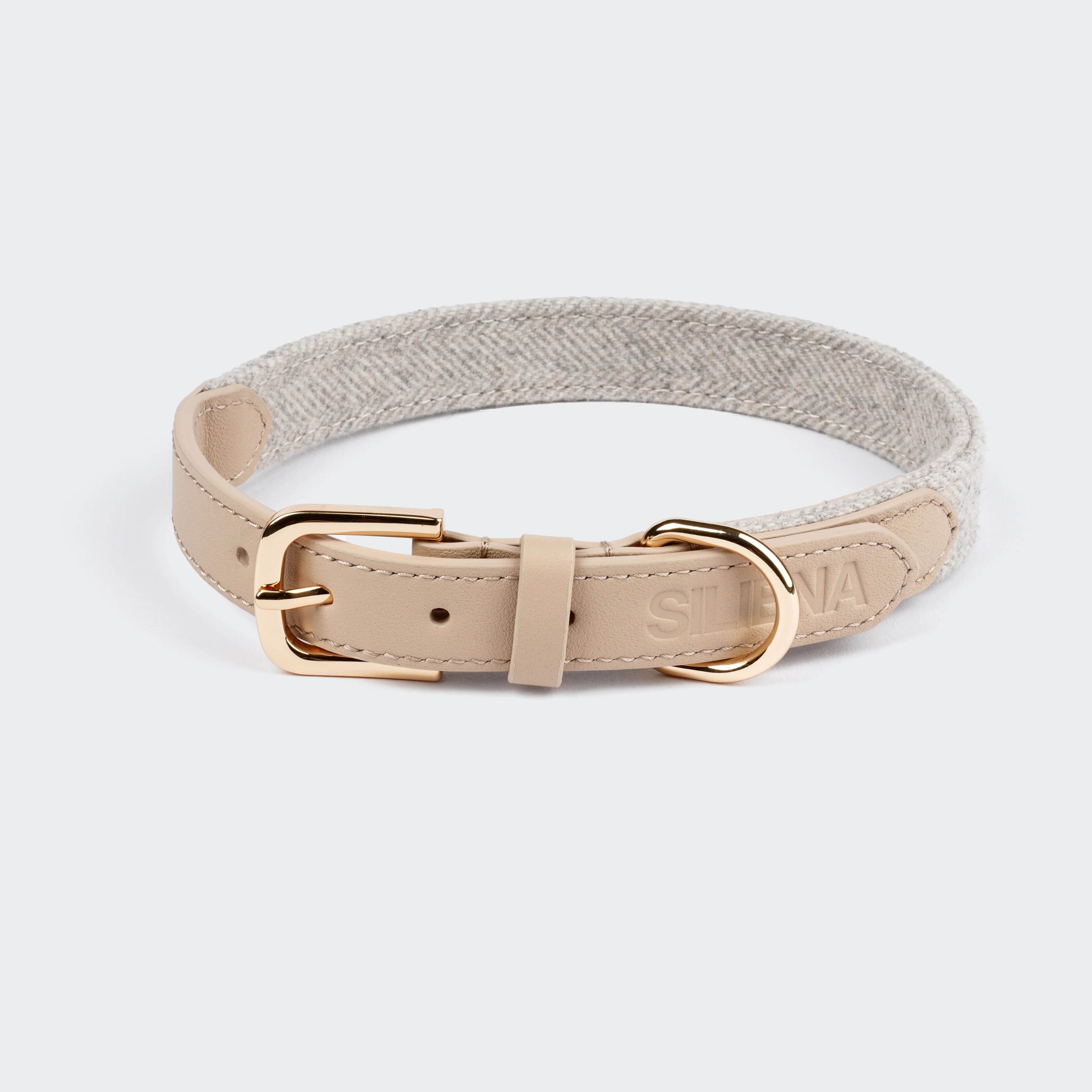
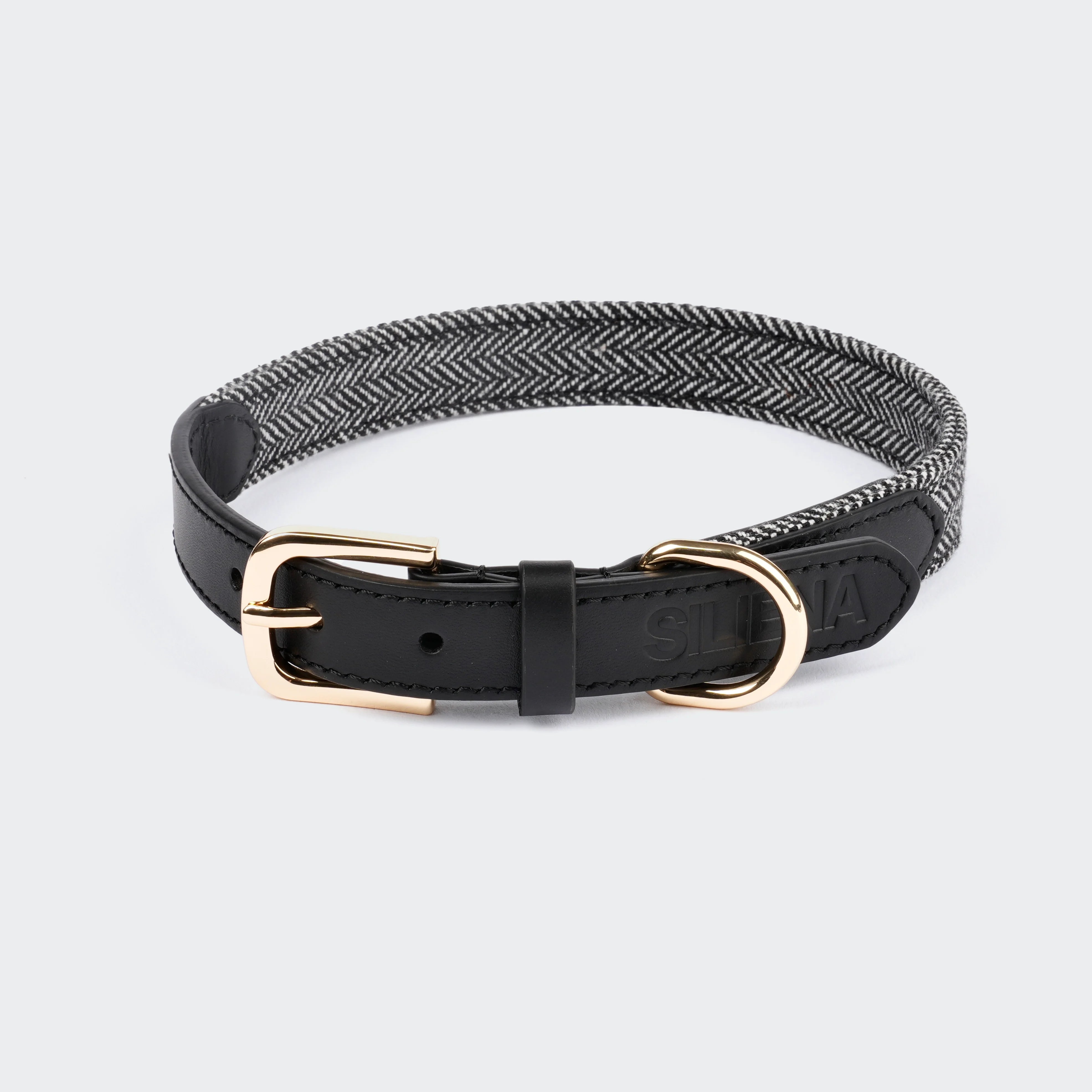
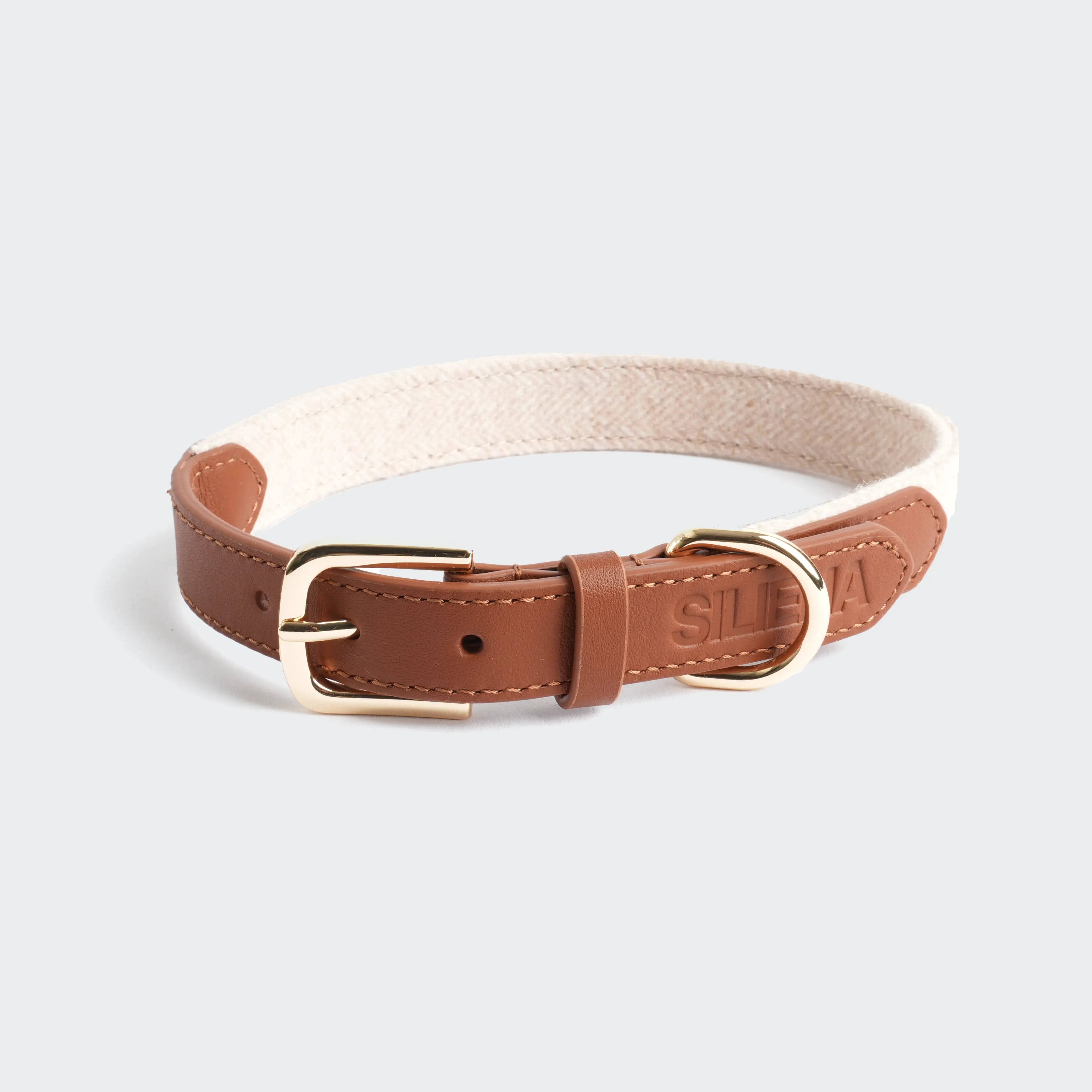
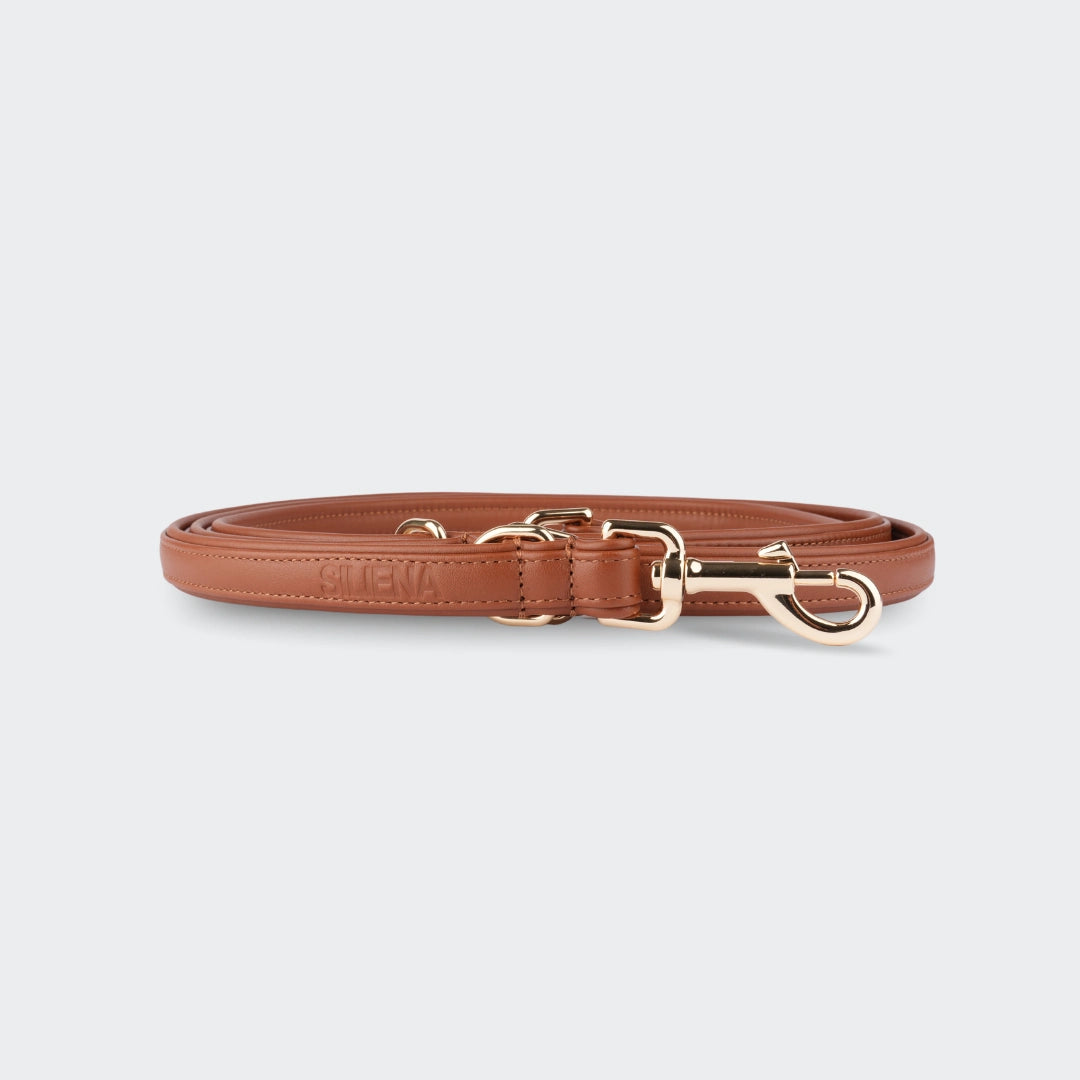
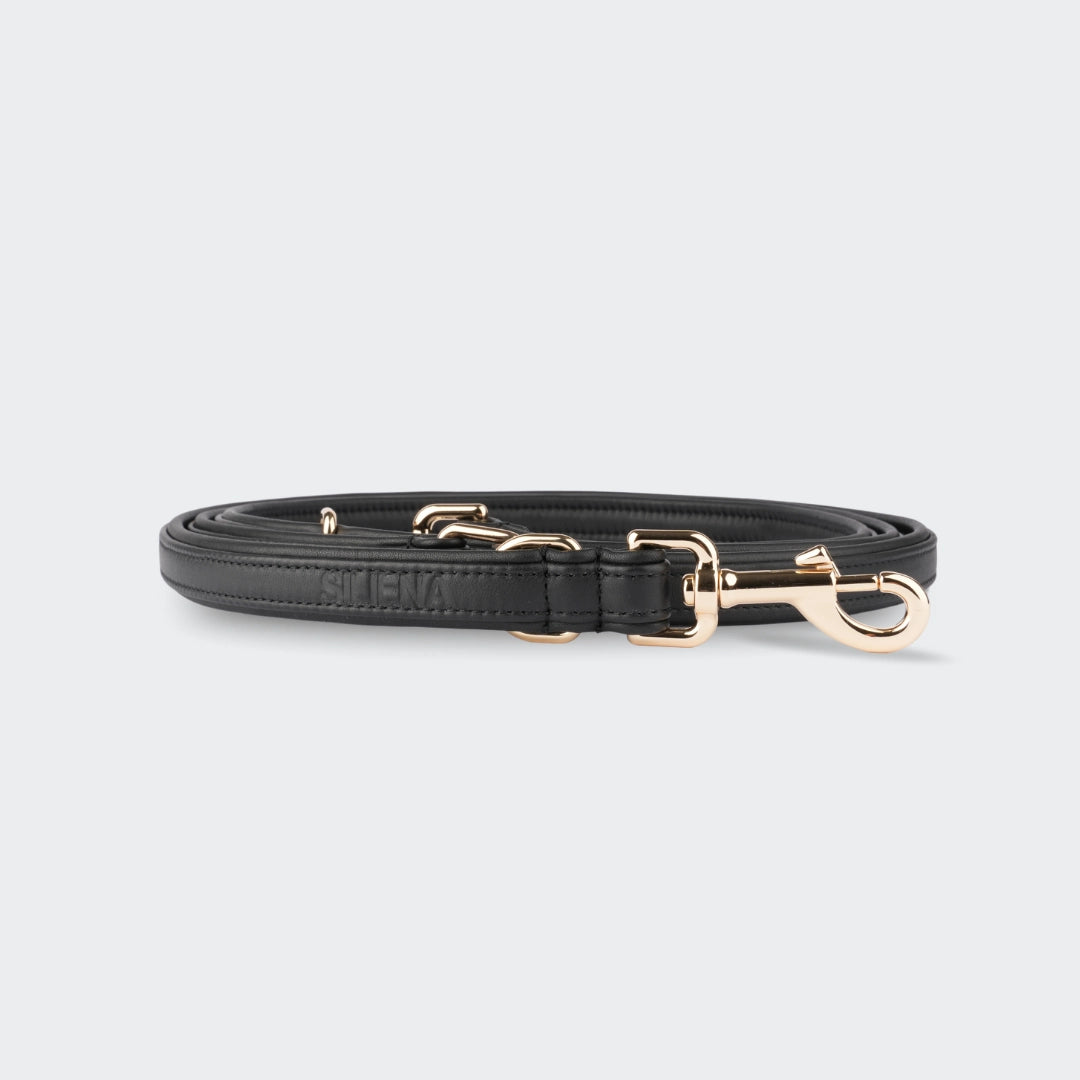
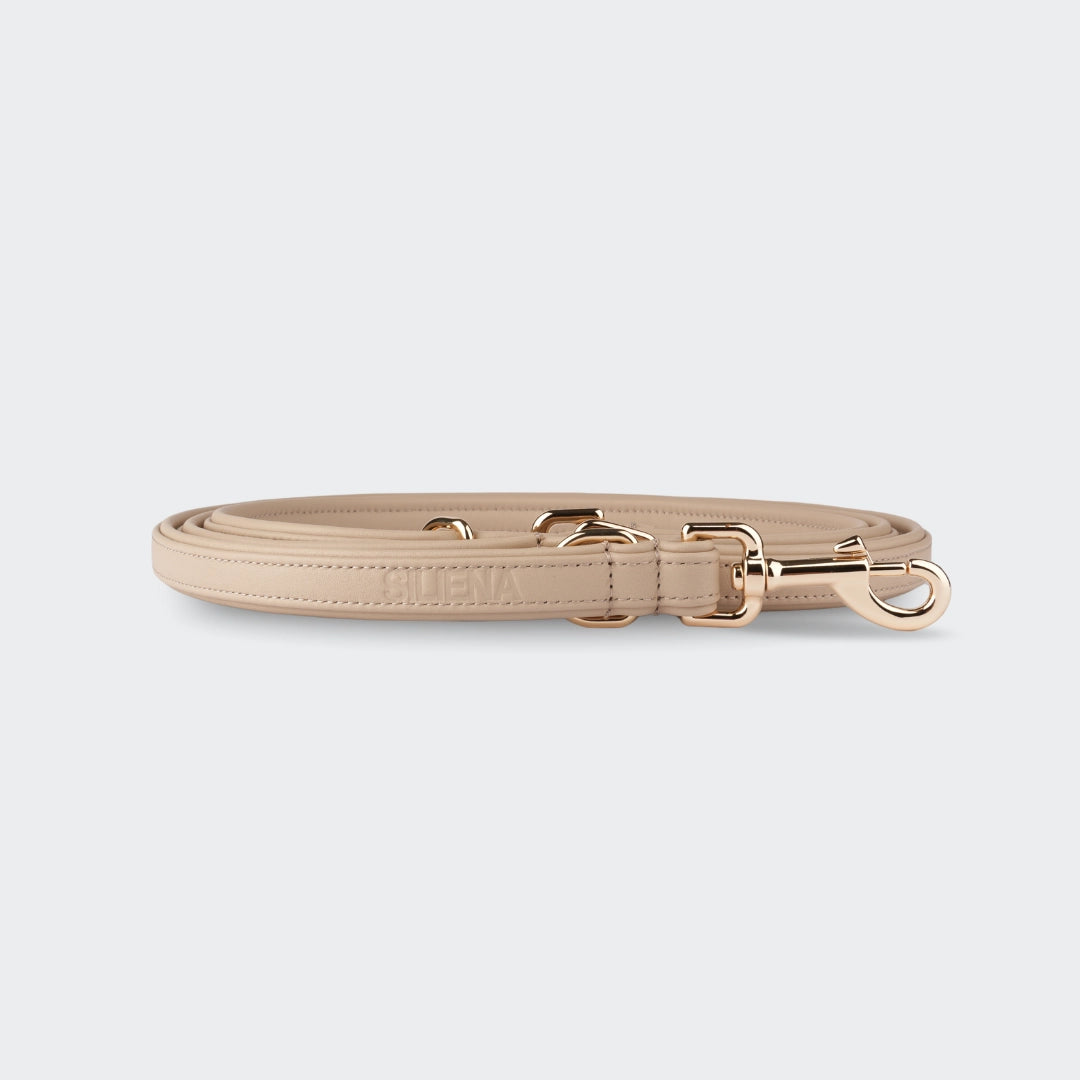
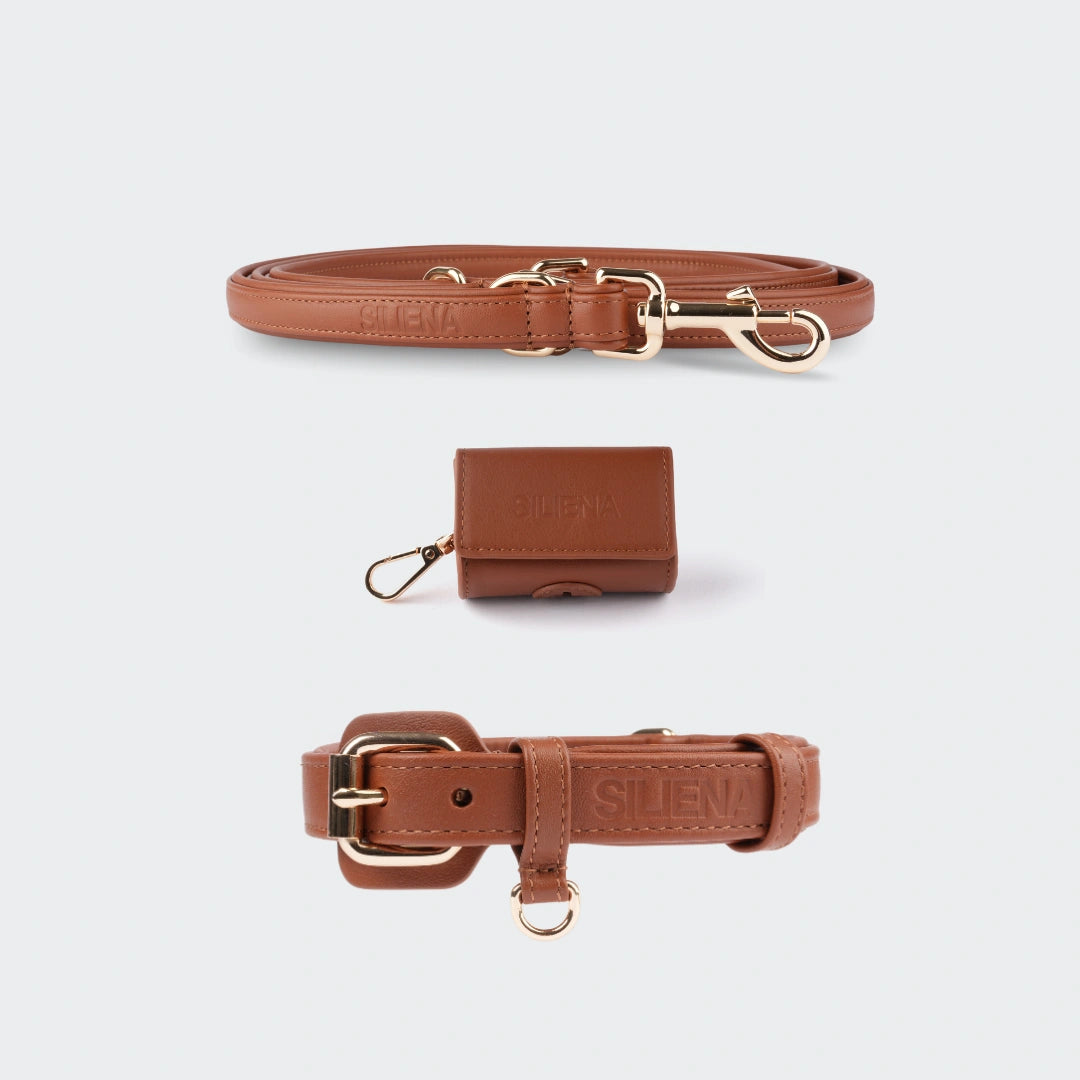
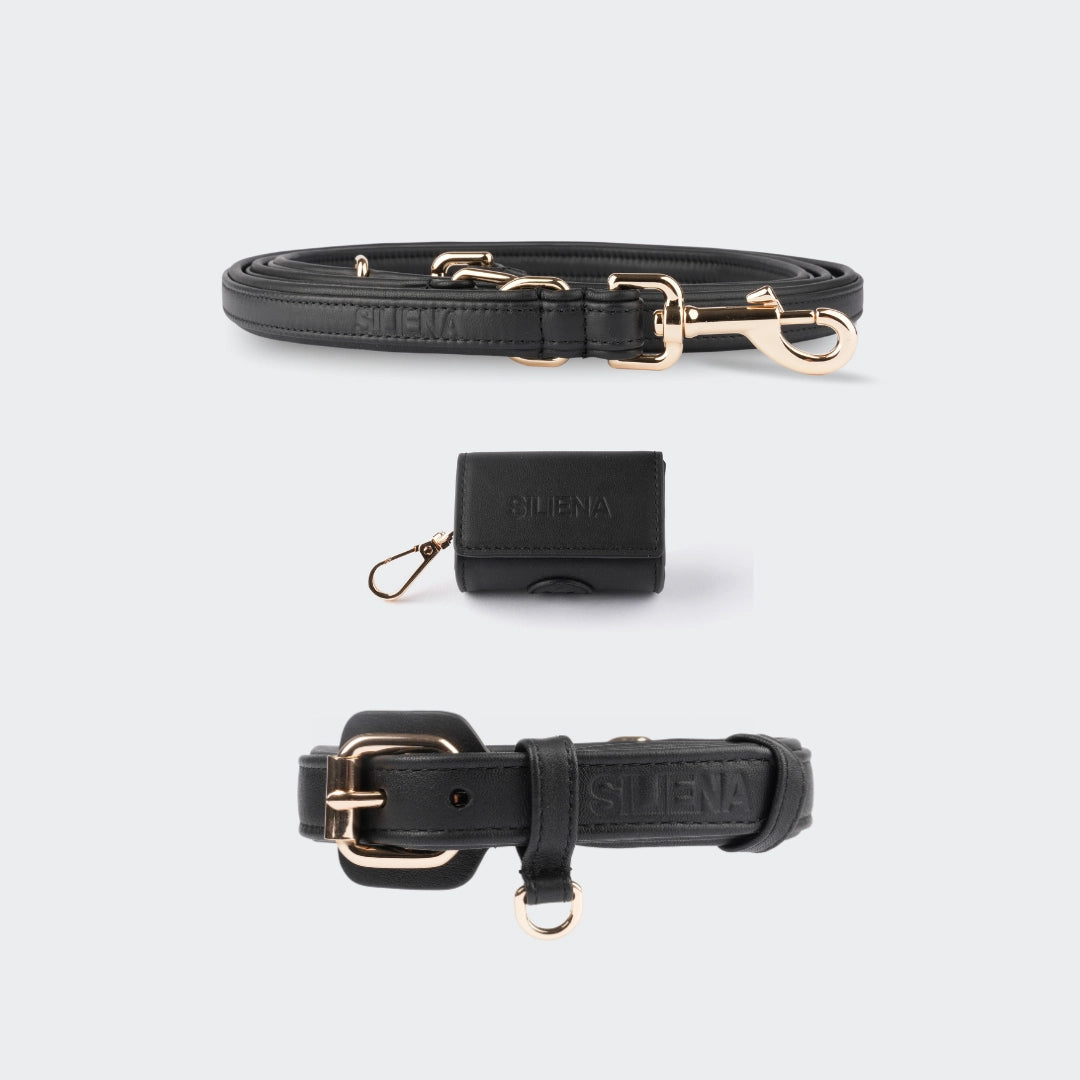
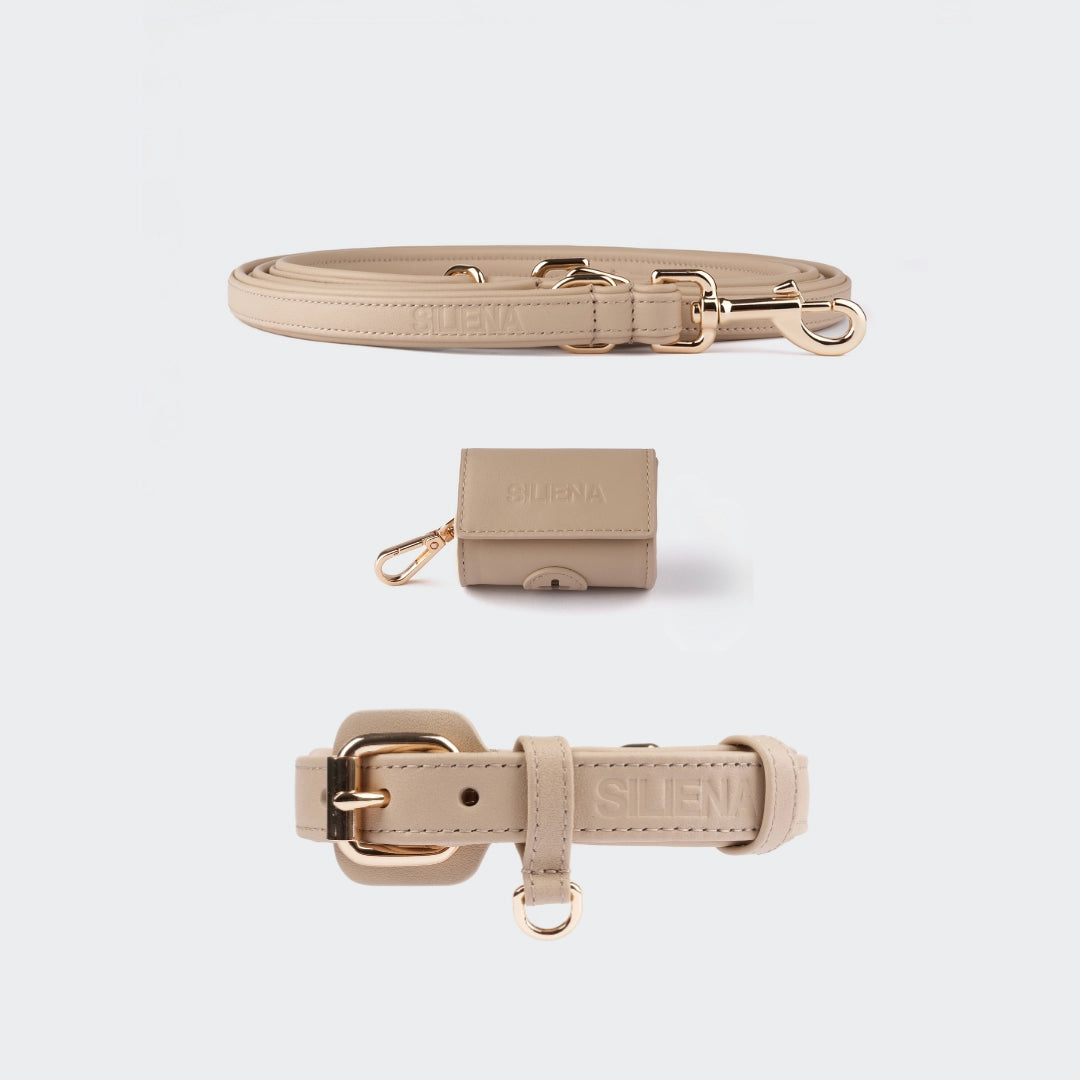
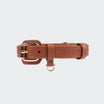
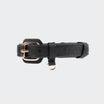
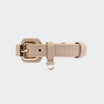
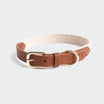
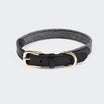
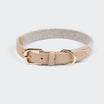
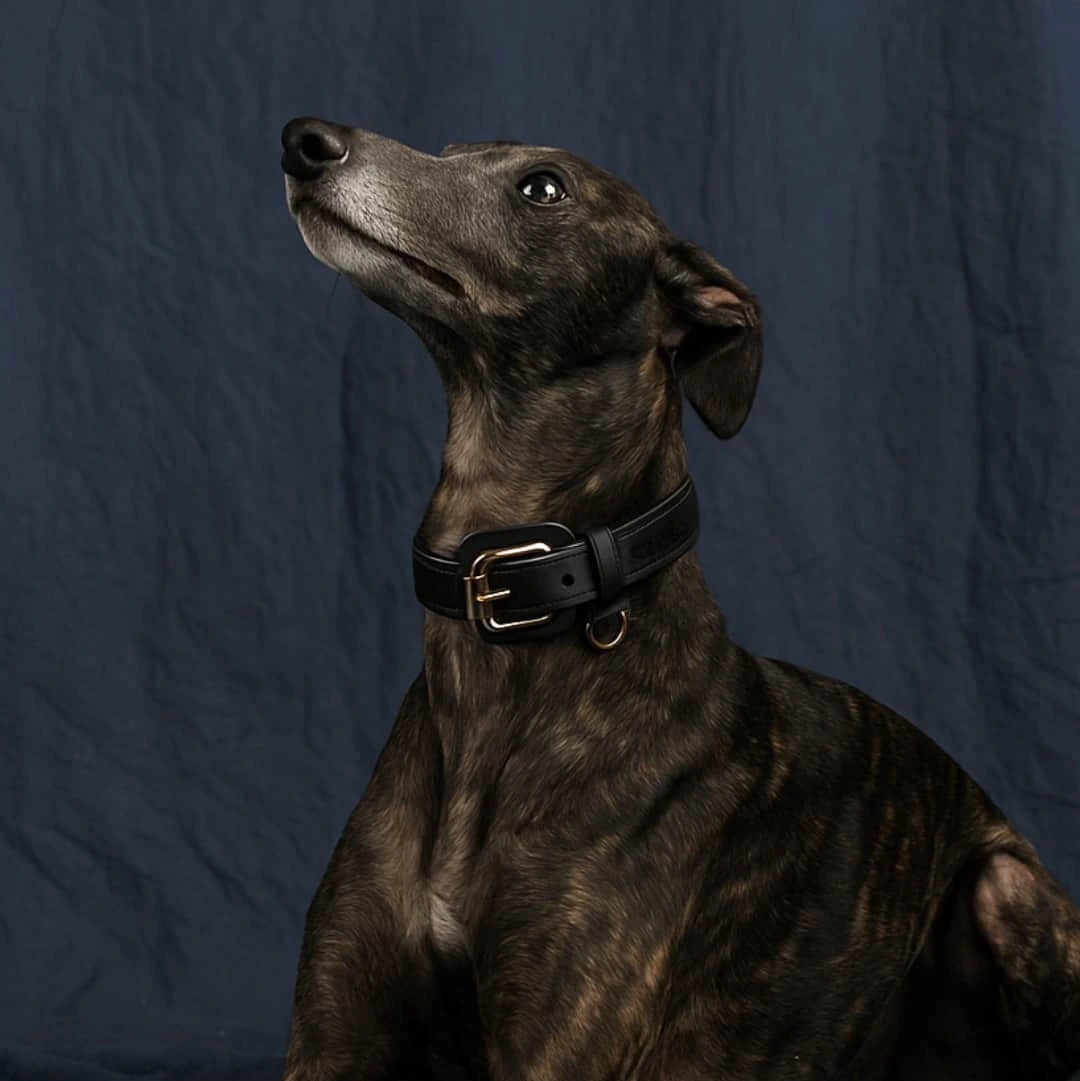

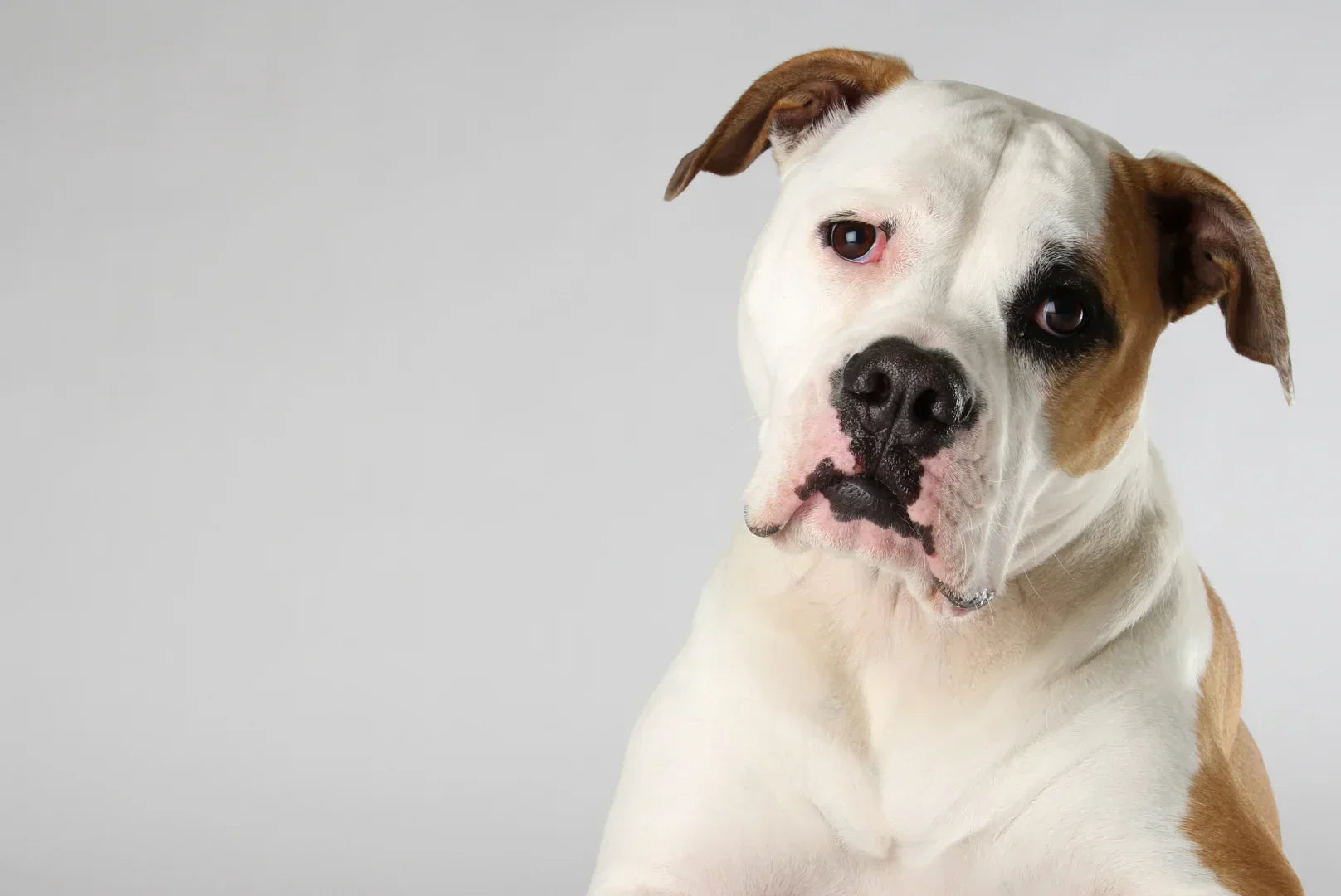
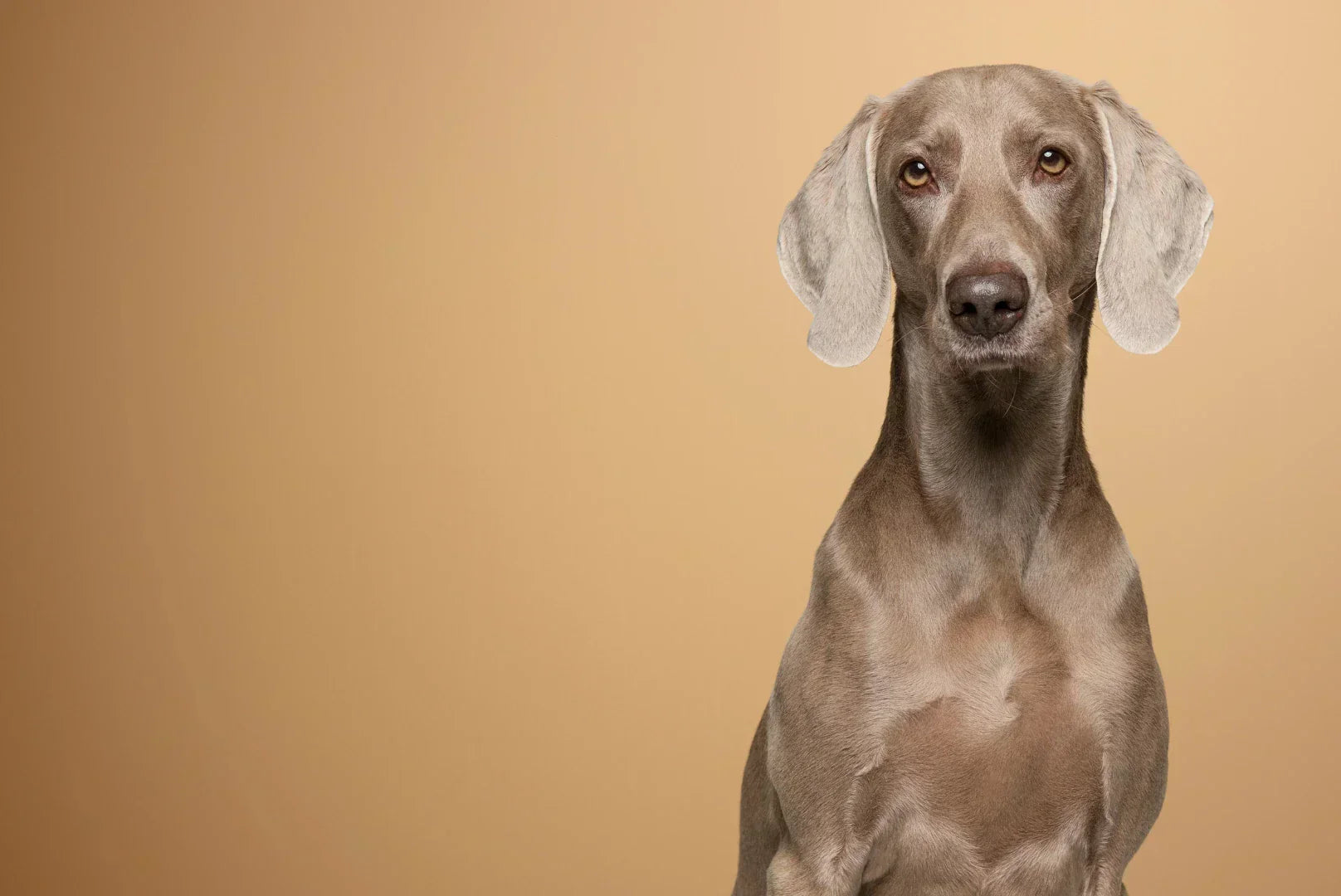
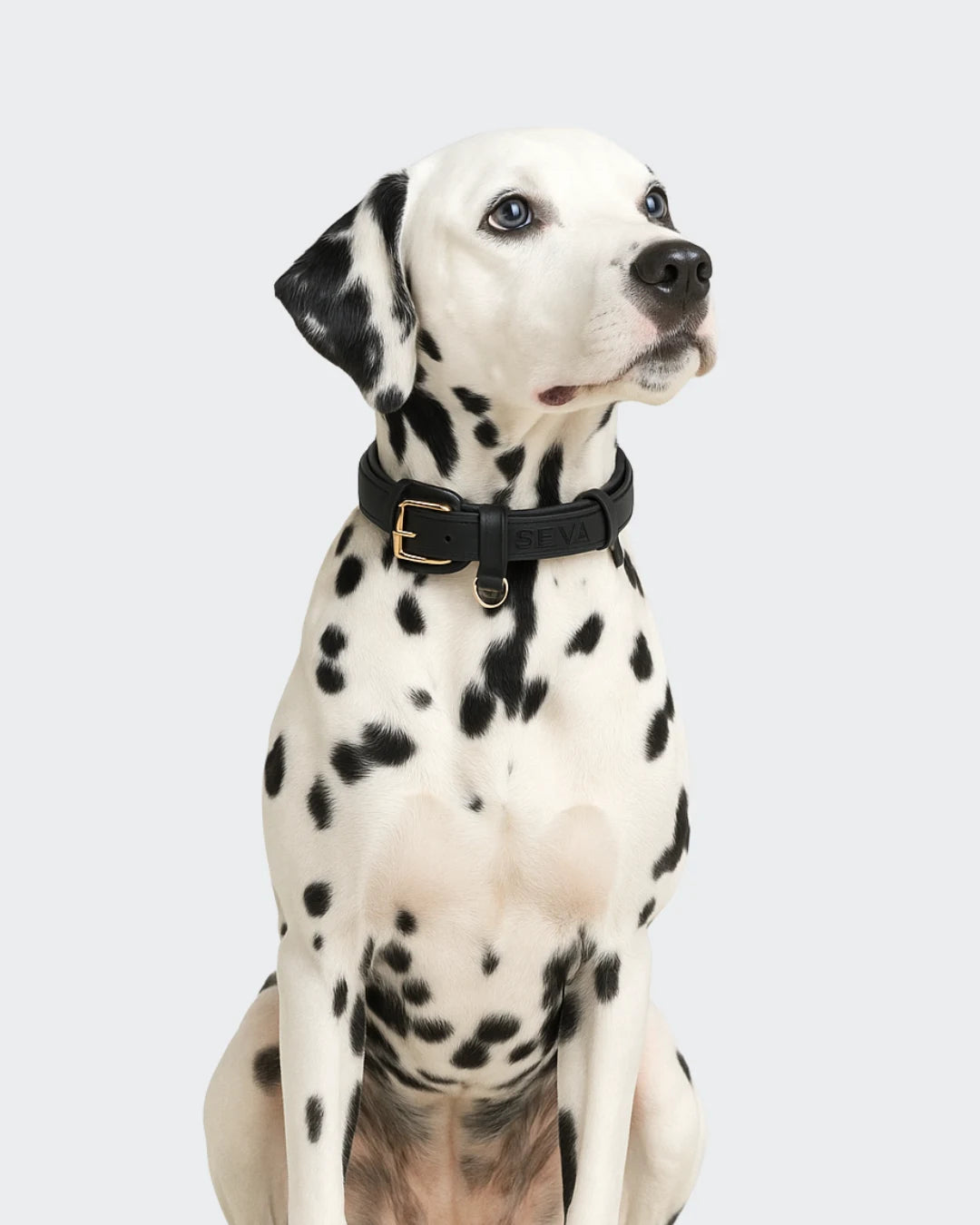
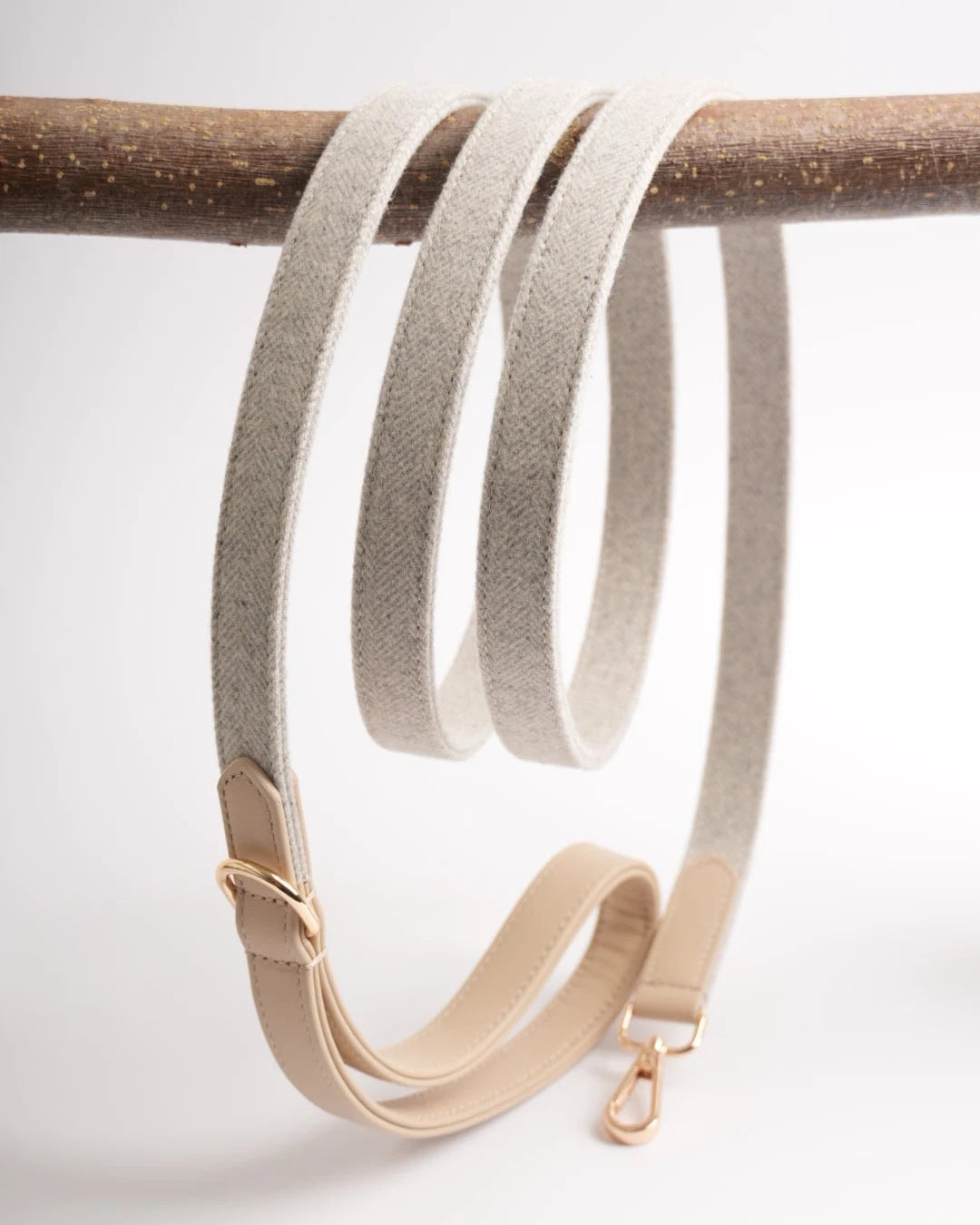
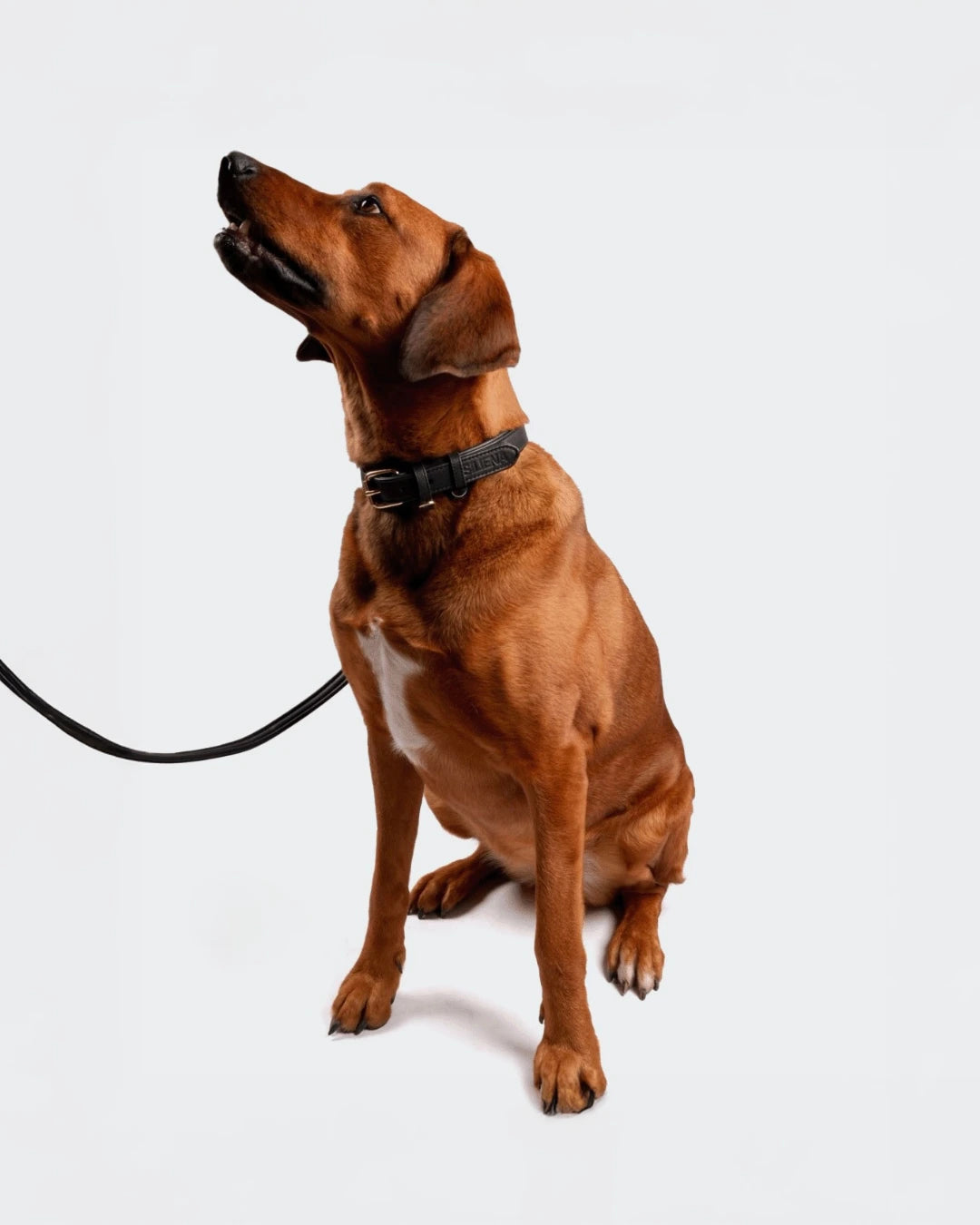
Leave a comment
This site is protected by hCaptcha and the hCaptcha Privacy Policy and Terms of Service apply.